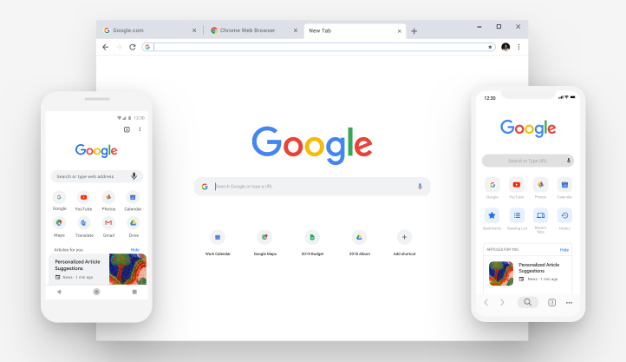Google Celebrates Chrome's 10th Birthday With A Multi-Platform Material Design Refresh

Google Chrome has expanded its feature set over the years (as well as its penchant for consuming large amounts of memory), and now it's time for another visual overhaul. The latest version of Chrome adheres to Google's Material Design 2 philosophy, which gives the browser a more modern design complete with rounded tabs and a brighter overall look. Icons have been redesigned and animations have been updated as well.
While Chrome 69 is still immediately recognizable, there are some new features being added including an enhanced Omnibox that can preview more information as you type so that you can more quickly find what you're searching for. Chrome can now suggest strong passwords for your online accounts and save them in your keychain. Autofill intelligence has been updated as well to enhance your online shopping experience.

Google is also using its artificial intelligence (AI) prowess to make browsing more productive and safer. "AI is already working for you in features like Google Translate in Chrome, which uses a state-of-the-art AI-based translation engine to bring all the world’s information to you in a language you can understand, right in your browser," writes Rahul Roy-Chowdhury, VP for Chrome and Chrome OS. "We've also integrated machine learning to detect phishing and malware sites, and most recently began applying it to detect malicious extensions."
But what about the future? Chowdhury has some thoughts on that as well:
Already, we're working on integrating augmented reality (AR) into Chrome to bring information that you interact with across the web and put directly into your physical environment. Say you’re shopping for a couch online and want to see how it would look in your living room. With the power of AR and Chrome, you’d be able to place a virtual rendition of a couch in your living room, right from your smartphone. This is just one example of how more immersive experiences on Chrome could help you get things done faster.
Chrome 69 is now available for download for Windows, macOS and Linux (where it should auto-update) and will soon be pushing out to Android and iOS.

